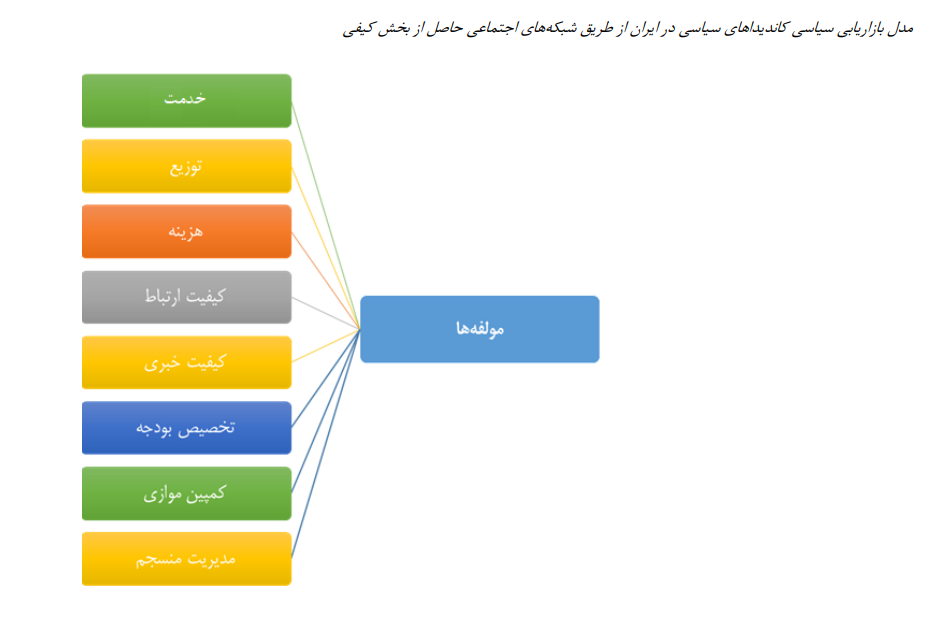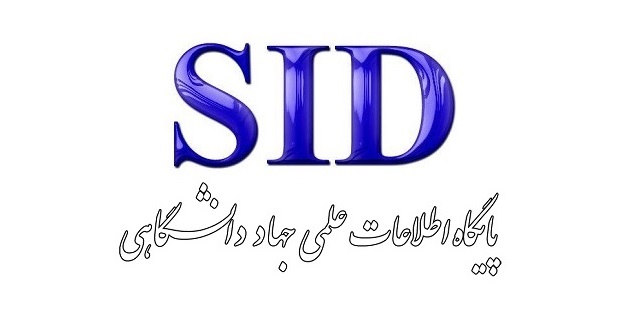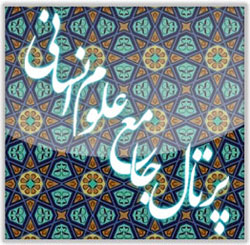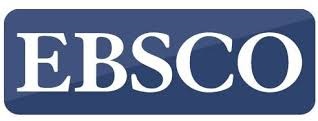Proposing a Model for Political Candidate Marketing in Iran Through Social Networks
Keywords:
Political marketing, political candidates, social networks, electionsAbstract
The objective of the present study was to propose a model for political candidate marketing in Iran through social networks. In terms of purpose, the research method was “developmental-applied”; regarding data type, it was an “exploratory mixed-methods” study (qualitative-quantitative); in terms of data collection time, it was “cross-sectional”; and regarding the data collection method and the nature and approach of the study, it was “survey-based.” The statistical population in the qualitative phase included experts and senior managers from political parties and supervisory organizations in national elections, such as the Guardian Council of the Constitution, as well as university professors in political science and marketing. To determine the sample and select these experts, a non-random purposive sampling method was used. The second group in the statistical population consisted of all members and employees of political parties and supervisory bodies in national elections, such as the Guardian Council. Due to the nature of the population in the quantitative section, Cochran’s formula and stratified random sampling were used, resulting in a sample of 384 participants. Data were collected using semi-structured interviews and a researcher-made questionnaire. To ensure the validity of the instruments in the qualitative phase and to guarantee the accuracy of findings from the researcher’s perspective, feedback was obtained from experienced professors and academic experts knowledgeable in this field. For the questionnaire, content and construct validity were applied, and reliability was assessed using Cronbach’s alpha coefficient and composite reliability—both of which were confirmed. Data analysis in the qualitative section employed the fuzzy Delphi method. In the inferential and quantitative phase, statistical tests such as Pearson’s correlation, one-sample t-test, and structural equation modeling (confirmatory factor analysis) were applied using SPSS-v21 and Lisrel-v8.8 software. The results of the study indicated that economic, political, cultural, and social conditions; competitors; candidate personalities; lifestyle; and beliefs and perceptions of the candidates are among the factors influencing political candidate marketing on social networks. Furthermore, the key components include service, distribution, cost, communication quality, news quality, budget allocation, parallel campaigning, and coherent management. Accordingly, the proposed model in this study can serve as an appropriate strategy for organizing coherent political candidate activities in virtual spaces.
Downloads
References
Aghili, S. V., Roshandel, T., & Farjian, M. M. (2018). The Role of Social Media in Elections in Iran and Their Impact on the Role of Traditional Media. Quarterly Journal of New Media Studies, 4(13(1)).
Brousell, L., & Christine, B. W. (2015). Why social media could swing the 2016 presidential election Introduction: Social Media, Political Marketing and the 2016 U.S. Election. why-social-media-could-swing-the-2016-presidentialelection
Danesh, P., & Mahdian, M. (2014). Examining the Role of Virtual Media in Political Participation: Case Study of Tehran Citizens. Quarterly Journal of Public Opinion Studies, 3(10).
Hajipour, B., Hosseini, S. M., & Zare, S. (2016). Designing a Political Marketing Model for Local Elections. Public Management Perspective, 27(3), 15-29.
Harrison, T. (2000). Financil Services Marketing. Edinburgh, Prentice Hall.
Khairi, B., & Abbasalizadeh, M. (2015). Political Marketing: Moving Toward Market-Oriented Political Organizations. Organizational Culture Management(36).
Kipper, G. (2018). The Use of New Information Technologies by a Political Party; FU-UBC Centre for the Study of Government and Business.
Safiullah, M., Pramod, P., Saumya, S., & Ankita, A. (2017). Social media as an upcoming tool for political marketing effectiveness. Asia Pacific Management Review, 22, 10-15. https://doi.org/10.1016/j.apmrv.2016.10.007
Sharifi, S. M., Farjian, M. M., Diani, M., Salmani Zadeh, S., Zarepour, M., & Taki, J. (2015). Comparing the Impact of Television Debates with Other Advertising Tools in Shaping Voter Opinions During the 2013 Presidential Election in Iran: Case Study of University Students How to Use Marketing Techniques for Success in Election Campaigns. Journal of Communication Research.
Tofani Asl, O. (2014). Enhancing Political Participation of Iranian Citizens: Explaining the Role of Political Marketing Tarbiat Modares University, Faculty of Humanities].
Zarepour, M., & Taki, J. (2010). How to Use Marketing Techniques for Success in Election Campaigns. Mehraban Publishing Institute.

Downloads
Published
Submitted
Revised
Accepted
Issue
Section
License
Copyright (c) 2025 ابوذر مختاری (نویسنده); زهره دهدشتی شاهرخ (نویسنده مسئول)

This work is licensed under a Creative Commons Attribution-NonCommercial 4.0 International License.








